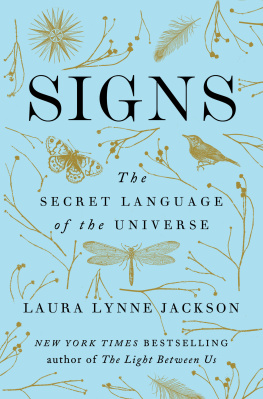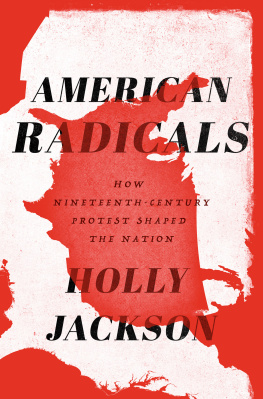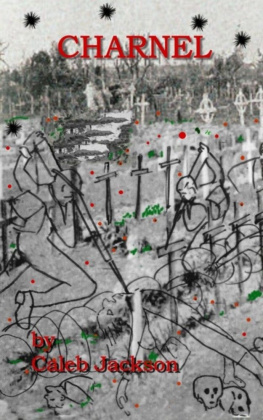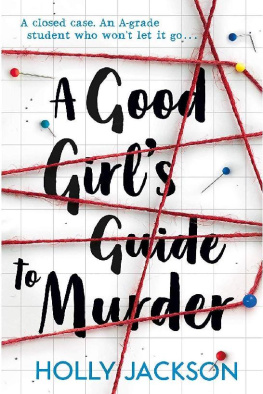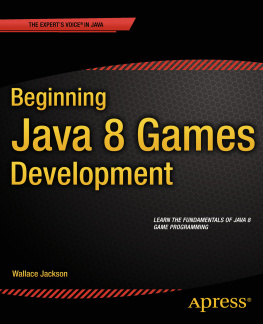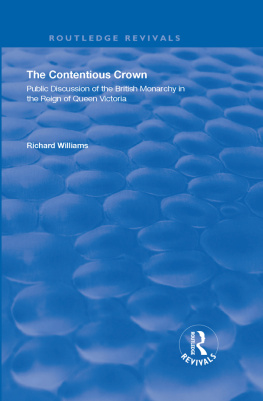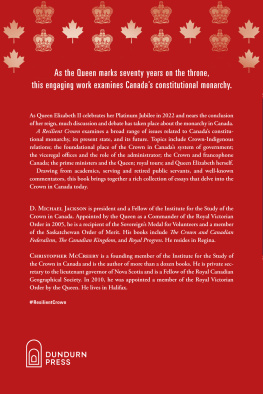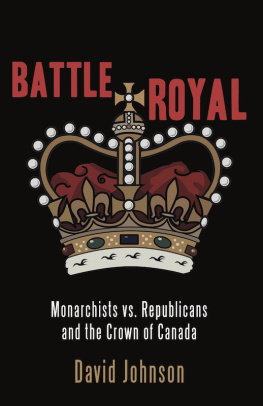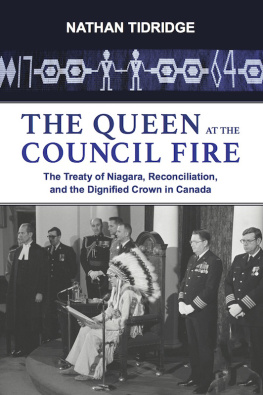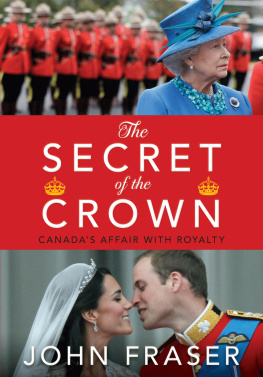The Honourable Lynda M. Haverstock, CM, SOM
Dr. David E. Smith, OC, FRSC
Preface
The Crown in Canada the institution of constitutional monarchy all too often has been treated in the media or in academe as an archaic relic which has no place in a modern democratic society, despite abundant evidence to the contrary. Or it is decried as a foreign institution, which Canadian history demonstrates is not the case. Or again, the Crown is assumed to be the property of the federal government to do with as it pleases, whereas the Canadian Crown belongs to the provinces too and is an integral part of their constitutional existence.
Like parliamentary democracy itself, the Crown suffers from a widespread ignorance about how Canada is governed. A co-founder of the Dominion Institute, Rudyard Griffiths, called us a nation of amnesiacs. Not only do Canadians have relatively low levels of civic literacy, he said, we seem to be fast shedding, with little concern, the remaining knowledge we do possess about the countrys proud democratic history, its basic political customs and many of its key institutions.
Another educational failure is equally evident: a lack of knowledge about how the traditions of our Aboriginal peoples influenced European settlers and their subsequent building of a society and an economy in a new land. Indeed, John Ralston Saul contends that these traditions are more significant than the others.
A staunch defender of the Canadian Crown, Senator Lowell Murray summarized the situation at the Golden Jubilee of Queen Elizabeth II in 2002:
When, in the past thirty years, has a Prime Minister or for that matter, a Governor General been heard speaking of the central place of the Crown in Canadas parliamentary democracy? When has the representative of the Crown been heard speaking of the office as the transcendent, continuing symbol of our existence as a nation, above the political fray, the ultimate safeguard of our constitutional liberties? Governors general speak eloquently of the values that unite Canadians, but never about the significance of their office as the embodiment and defender of those values [] The office has been held by dedicated and highly respected Canadians. Yet its significance in our parliamentary democracy is unappreciated and misunderstood by the mass of Canadians. Most people wrongly believe it to be completely ceremonial and utterly powerless. That is the fault of successive generations of politicians, of an educational system that has never given the institution due study, and of past vice-regal incumbents themselves.
Following a successful Golden Jubilee celebration, however, the Crown started to make a comeback, aided by a Conservative government elected in 2006 with a more sympathetic attitude to the monarchy than its Liberal and Progressive Conservative predecessors of the previous four decades. Appropriately, the Queen presided at the ninetieth anniversary of the Battle of Vimy Ridge in 2007, before the spectacular monument inaugurated by her uncle, King Edward VIII, in 1936 on territory given to Canada by France. The Prince of Wales and Duchess of Cornwall made a long-postponed tour in 2009, the same year as there appeared the federal governments new citizenship guide for immigrants, which featured the Crown among key Canadian institutions.


